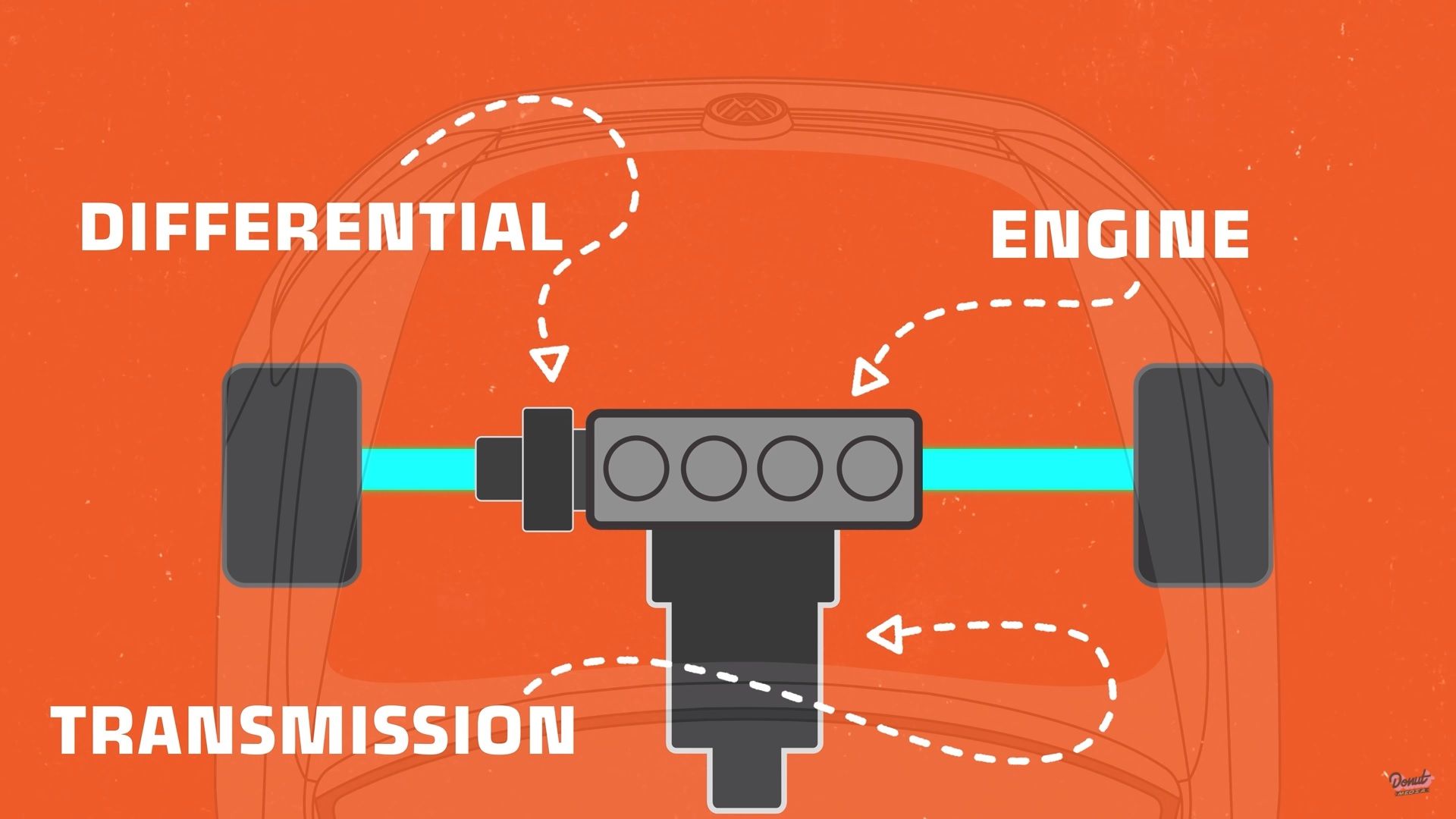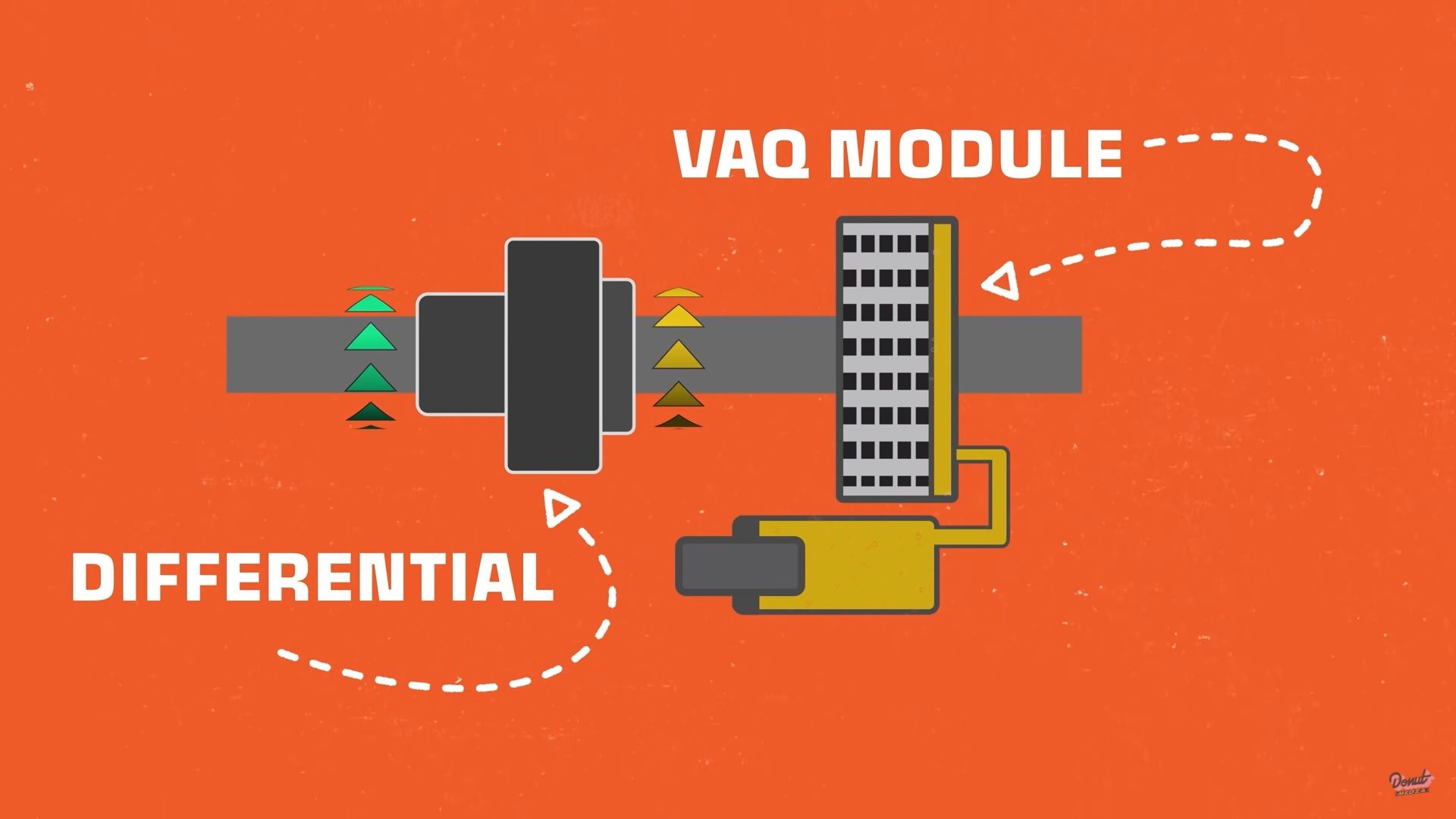Perhaps equally popular and recognizable as the Golf nameplate is the GTI badge. It has been honoring the Golf moniker since 1976 and during that time, it became synonymous with fun driving as well as daily driving suitability.
Along the years, Volkswagen refined the recipe and it’s safe to say that the 2020 Golf GTI is the most advanced of its kind. VW never went astray from the FWD setup in the Golf GTI, but it had to find ingenious solutions to keep it relevant and engaging.
Minor tweaks, major results
The first Golf GTI used an Audi-sourced engine pumping out 110 horsepower. The 1.6-liter inline-four was the perfect match to the ultra-light, ultra-nimble Golf Mark 1 frame, resulting in a top speed of over 110 mph. As generations came and went, power went up and so did the engine’s displacement.
Right now, the 2020 Golf GTI based on the Mark 8 Golf produces 241 horsepower and 273 pound-feet of twist from a turbocharged 2.0-liter inline-four mill.
Everyone who drove a front-wheel-drive hot hatch at least once knows that these pocket rockets are susceptible to torque steer, a phenomenon that happens due to unequal-length half shafts on the front axle. This, in turn, generates different levels of reaction to the torque that’s sent there by the transmission and, ultimately, different levels of grip - hence the steering wheel movement and the car's tendency to veer left or right.
So, how did Volkswagen fix this issue? The answer is a three-letter word, namely VAQ - essentially a limited-slip differential lock system which gets neatly detailed in Donut Media’s video.
Oh, and once you’re done with the technical explanations, check out this video showcasing seven generations of the Golf GTI, hosted by Ben Collins, which some of you might formerly recognize as The Stig:



